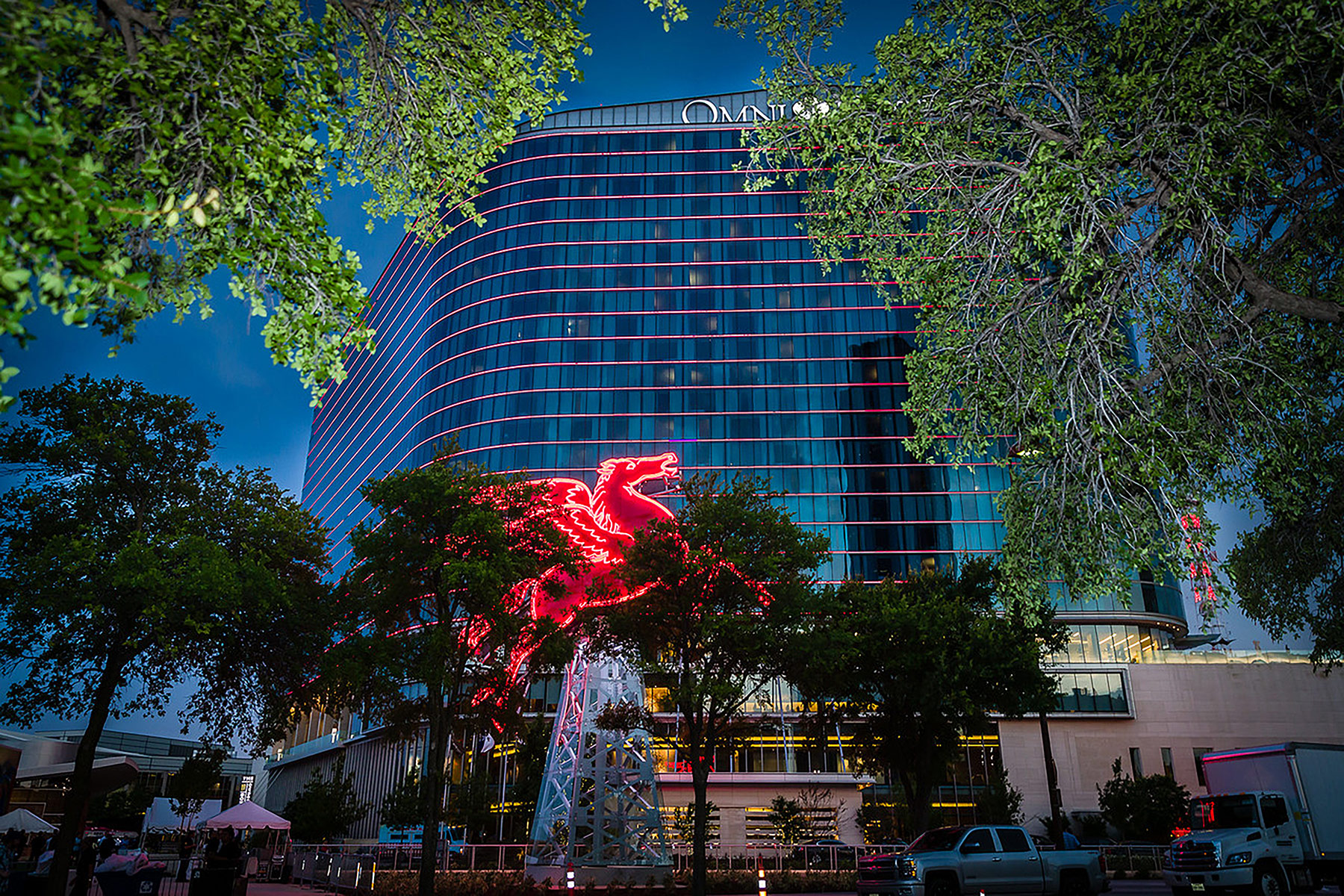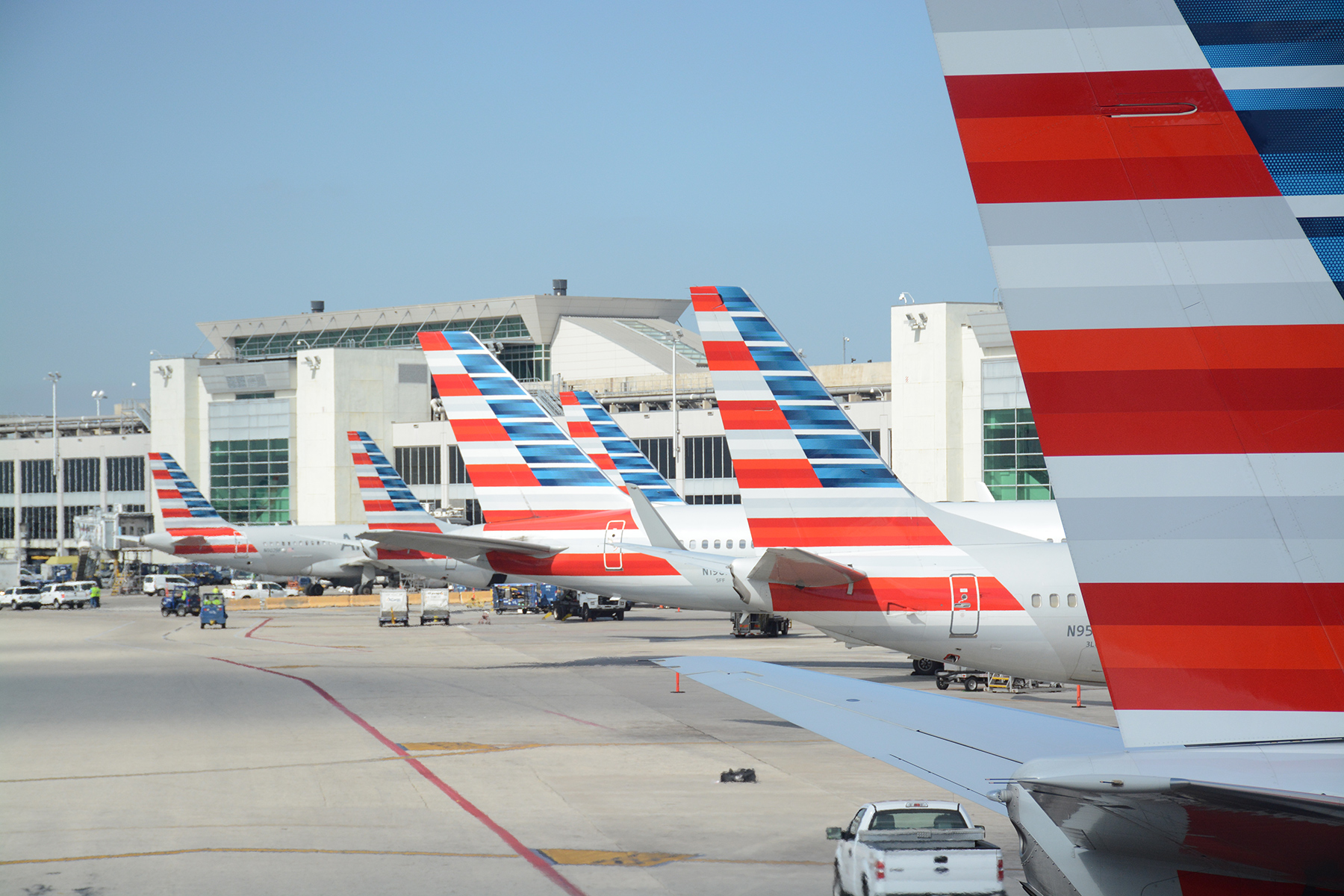If you’ve been in an airport lately, you’ve seen the impact of the pent-up demand for travel. Let’s face it. We’ve been isolated for more than two years, and we’ve had enough. Deloitte put data to it all with a May report called “Getting Back to Getaways.” Even as the pandemic continues to experience fits of stops and starts, many leisure travelers have decided the risk levels are acceptable. Deloitte’s study found that nearly half of Americans planned a summer trip that involved stays in hotels or other types of paid lodging.
More than health concerns, financial worries were the primary reasons cited for staying home. But those who planned to travel were prepared to spend more (compared to 2019) to do so. Deloitte found that U.S.-based properties, airlines, and destinations would benefit most, with international travel continuing to be tempered by wildly varying COVID guidelines and restrictions.
This leisure “revenge travel,” as some in the industry are calling it, will likely ease into traditional levels in the coming months, but that’s when business travel and meetings and conventions are expected to see a resurgence. All of this is welcome news for the North Texas economy, which benefits from both an outbound and inbound perspective.
This past April, Dallas-Fort Worth International Airport was named the second-busiest airport in the world by passenger volume, according to Airports Council International. It is one of the only airports in the country to increase both flights and destinations over the past two years. The region is also, of course, home to American Airlines—one of the world’s largest—and Southwest Airlines, another top-five carrier. Regional player and American affiliate Envoy Air is based here, as are numerous charter companies and hop-on jet services like JSX.
What doesn’t get talked about as much is the huge base of other travel industry companies that call North Texas home. One of the biggest is Sabre, which generated about $2 billion in 2021. Just about everything related to travel tech is powered by the Southlake-based company. It began as a collaboration between American and IBM to create an airline reservation system in the 1960s. Today, Sabre’s software and systems are used in airport check-in kiosks, online travel sites, airline and hotel reservation networks, mobile apps, aircraft and crew scheduling systems, and more.
Fort Worth-based Virtuoso is one of the largest associations of luxury travel agents in the country, with more than 20,000 agencies in 50 countries. Plaza Premium Group, a Hong Kong-based developer of independent luxury airport lounges, has planted its American headquarters at DFW International and opened its first U.S. venue there.
Hotel ownership, investment, and management is big business in North Texas, too. Dallas-based Omni Hotels & Resorts has 51 luxury properties in the United States, Canada, and Mexico, with about 23,500 rooms and more than 14,000 employees. Hotel management powerhouse Aimbridge Hospitality, based in Plano, launched in 2003 with eight properties. Today its portfolio spans 1,500 hotels in all 50 states and 23 countries. Real estate investment trust Ashford Hospitality and its independently run management company, Remington Hotels, are both based in Dallas. So are hospitality-focused Woodbine Development Group and Gatehouse Capital. The list goes on and on.
“Demand for travel is off the charts right now,” says Matthew Upchurch, CEO of Virtuoso. “I compare what is happening in the travel industry to the video game Mario Kart when you’d drive over the arrows on the track and get a little boost. When you take something away from humans for two years, like travel, you just turbocharge the demand.”
A Perfect Storm for Growth
According to Upchurch, 2019 was a record year for the global travel industry. Spurred by strong international markets and rising economies, more than 1.45 billion people took a trip that year. To say that the pandemic was a shock to the industry would be an understatement, Upchurch says. “We went into something that had never happened in our history—not even during the World Wars—and that is 100 percent of all the countries that are members of the United Nations had some kind of travel restriction,” he says.
Upchurch likens the pandemic to the Great Depression for the travel and tourism industry. In 1933, unemployment spiked to a record 24.9 percent. In 2020, Upchurch says the pandemic hit the travel and tourism industry nearly three times harder, with a 70 percent spike in unemployment or furloughs. “The COVID-19 pandemic was a huge inflection point,” Upchurch says. “Another big inflection point was 9/11. But after 9/11, we saw a huge surge in multigenerational travel as people said, ‘Life’s too short, we better enjoy it.’”
In the United States, demand is being fueled by a seismic shift in demographics, Upchurch says. When the last Baby Boomers turn 60 in 2024, roughly 80 percent of the generation is expected to live another 20 to 25 years. “We’ve always had 80-year-olds, but we’ve just never had as many 80-year-olds as we’re about to have,” he says. Add to that Millennials’ and Gen Z’s willingness to prioritize experiences over material goods, and it creates the perfect storm for growth within the industry. “We’re going to have six generations of people all traveling at the same time, which has never happened at the scale we’re about to see,” Upchurch says.
Another trend that’s coming on strong is “bleisure,” a blend of business and leisure travel. It first began gaining popularity in the mid-2010s, especially among Millennials, but now everyone is catching on. “With the proliferation of individuals who are able to work from home, traditional lines between leisure and business travel have blurred,” says Kurt Alexander, president of Omni Hotels & Resorts, who explains that professionals are tacking on a few days to the front or back end of their business trips for fun.
“While traditional business travel is improving, it is still down about 40 percent versus 2019,” he says. “Leisure travel, some of which is driven by business travelers, is generally exceeding pre-COVID levels.” Prior to the pandemic, corporate and group travel accounted for more than half of Omni’s business. This year, that number is down to about 45 percent, Alexander says.
A look at major travel-related companies that call DFW home:
Airlines
American Airlines
Headquarters: Fort Worth
Fleet: 915 aircraft
Employees: 120,000
CEO: Robert Isom
Southwest Airlines
Headquarters: Dallas
Fleet: 735 aircraft
Employees: 55,000
CEO: Bob Jordan
Envoy Air
Headquarters: Irving
Fleet: 185 aircraft
Employees: 18,000
CEO: Pedro Fábregas
Hospitality
Omni Hotels & Resorts
Headquarters: Dallas
Portfolio: Owns about 50 luxury hotels and resorts with a total of 22,000 rooms
President: Kurt Alexander
Aimbridge Hospitality
Headquarters: Plano
Portfolio: Manages more than 1,500 properties
President and CEO: Michael J. Deitemeyer
Travel Tech
Sabre Corp.
Headquarters: Southlake
Business: Travel software and tech giant that essentially powers the industry
Chairman and CEO: Sean Menke
Dallas-based Woodbine Development Corp. is seeing similar trends. “Bleisure is not something that’s limited to DINC’s (double-income, no children); we are seeing families do it as well,” says Dupree Scovell, the company’s managing partner and chief investment officer.
Woodbine, which has been around for about 50 years, specializes in hospitality and mixed-use projects throughout the United States. Its hospitality portfolio runs the gamut from major brands and independents to full-service and select-service properties. Scovell says in recent months, demand throughout the portfolio has been at 90 percent—or greater—compared to 2019. “This trend seems to be industry-wide,” he says. “Gateway markets are the few exceptions that still have a larger gap from 2019 occupancy, partially due to the slower return of international travel.”
Nominal average daily rates (ADR) have been setting records this year, Scovell says, especially at resort properties in drive-to destination markets. “This is important because it is currently outpacing cost increases due to inflation,” he says. “It proves again that hospitality assets offer a great hedge against inflation through daily repricing.”
Dallas as a Destination
Tourism in North Texas is rebounding, too. In 2019, Dallas hotel revenue soared to $2.4 billion. In 2020, that number was cut in half. “Dallas went from aggregate hotel occupancies in the 70s to single-digits overnight,” says VisitDallas’ CEO Craig Davis. “Some hotels lost over 90 percent of their staff. It has been a slow climb back as we moderated around 30 percent occupancy for quite a while before we really began to show signs of life again.” And what about 2021? Dallas hotels generated nearly $2 billion in revenue, according to year-end VisitDallas figures.
Davis says the region’s recovery was partly aided by being perceived as an ‘open’ city among peers. As the rest of the country lingered with COVID-19 restrictions in late 2020 and into 2021, Texas was among the first states to lift mask mandates and openly allow travel again. Davis says that during the pandemic, Dallas went from being ranked No. 5 in its peer class to No. 1 for meeting destinations, according to CVENT—the city and visitors’ bureau gold standard for measurement. Dallas tourism continues to outpace destinations like Chicago, Phoenix, Houston, and New Orleans in a number of metrics that VisitDallas tracks, with few signs of slowing.
Davis is closely watching the recovery of business travel. “Corporate travelers are not traveling like they used to, and Dallas has always been a business city,” he says. “People are not visiting their customers nearly as often. Corporations may love seeing the savings of not having people travel as much, but what happens when the script changes and it begins to hit the bottom line? Transacting business over Zoom is cost-effective in the near term, but you will hop on a plane every time to make a client visit if you think you might lose business.”
Industry analysts expect business travel to begin to pick up this fall and carry through into 2023. Davis says that the construction of the new Dallas convention center will aid the city’s ability to attract more meetings and events. Although the current capacity of about 725,000 square feet of exhibition space may sound like a lot, parts of the building were built in the 1950s, and the last renovation occurred in 2009. The new $2 billion convention center, expected to break ground in 2024, will feature 2.5 million square feet of total space. Opening in 2029, Davis says that the North American Spine Society has already signed on to host its 2031 conference in Dallas.
Top Hotel Market
Another positive indicator is the amount of hotel development in the region. There are more than 30,000 hotel rooms in the city and 78,000 throughout the region, according to VisitDallas. And Dallas continues to pace the country when it comes to hotel construction, with nearly 20,000 more rooms in the pipeline, according to industry trade publication Lodging Econometrics.
Omni, which has four existing hotels and about 2,500 rooms in North Texas, is among those working on new projects, with its 500-room Omni PGA Frisco resort slated to open in 2023. “The central location of DFW and the infrastructure of our airports make it the perfect destination for organizations from around the country to gather people together for meetings and events,” Alexander says. “DFW is a dynamic market that in many ways is the NYC of the 21st century. People, organizations and capital from all over the country want to be here and benefit from the network effect. Adding a world-class resort in North Dallas will be a significant change for this market, and as a destination.”

Omni Hotels & Resorts

Plaza Premium Group
Emerging hotel developers include luxury independents, such as Auberge Resorts (which is entering DFW with a project in the Knox neighborhood), Dream Hotel Group (which is set to anchor the new Firefly Park in Frisco), Pendry Hotels, and Proper Hotels & Residences. “Customers who can afford it want experiential travel that inspires them more than traditional hotel options,” Scovell says.
Penn Collins, CEO of Gatehouse Capital, says he and his team are keeping a close eye on “the durability of trends we’ve seen over the past three turbulent years, amid a wildly dynamic economic landscape as we find it in 2022.” Founded in 1997, the Dallas-based company is known for developing tech-forward luxury properties such as the W Hotel & Residences in Dallas (and Hollywood, San Diego, and Silicon Valley).
“The past three years demonstrated a resilience in extended-stay, drive-to resort markets, and medical hospitality—an area in which we are very active,” Collins says. “The afterglow of those respective performances during COVID has elevated projects in those realms to be among the most desirable, and we’re banking on that preference to remain for a while. With a wealth gap seemingly exacerbated by the pandemic, luxury hotels—once amenities and services were allowed to resume—also demonstrated a surprisingly high ceiling.”
Despite the “painful intersection” of rising construction costs and interest rates, Collins says he’s hopeful the stabilization of the supply chain and labor pool will mitigate added interest costs for new projects. “With new supply low and demand coming back in extraordinary fashion at unseen rates, 2023 hotel underwriting should be able to hang its proverbial hat on terrific performance that, among many hotel markets and sectors, is due to set a reliable benchmark for the industry.”
Scovell shares concerns about rising rates. He also believes projects “that have no business getting financed” will still get investors because there’s so much nontraditional capital available. He’s encouraged, though, by gateway markets gaining steam, international travel picking up, and opportunities presented by group travel, including gatherings for workers that are now working remotely across the country. “We believe that our hotels will continue to recover for 2022, driven by strengthening group and business travel demand,” Scovell says. “We remain bullish on the hotel business. In each of the last nine recessions, hotels have outpaced inflation.”









